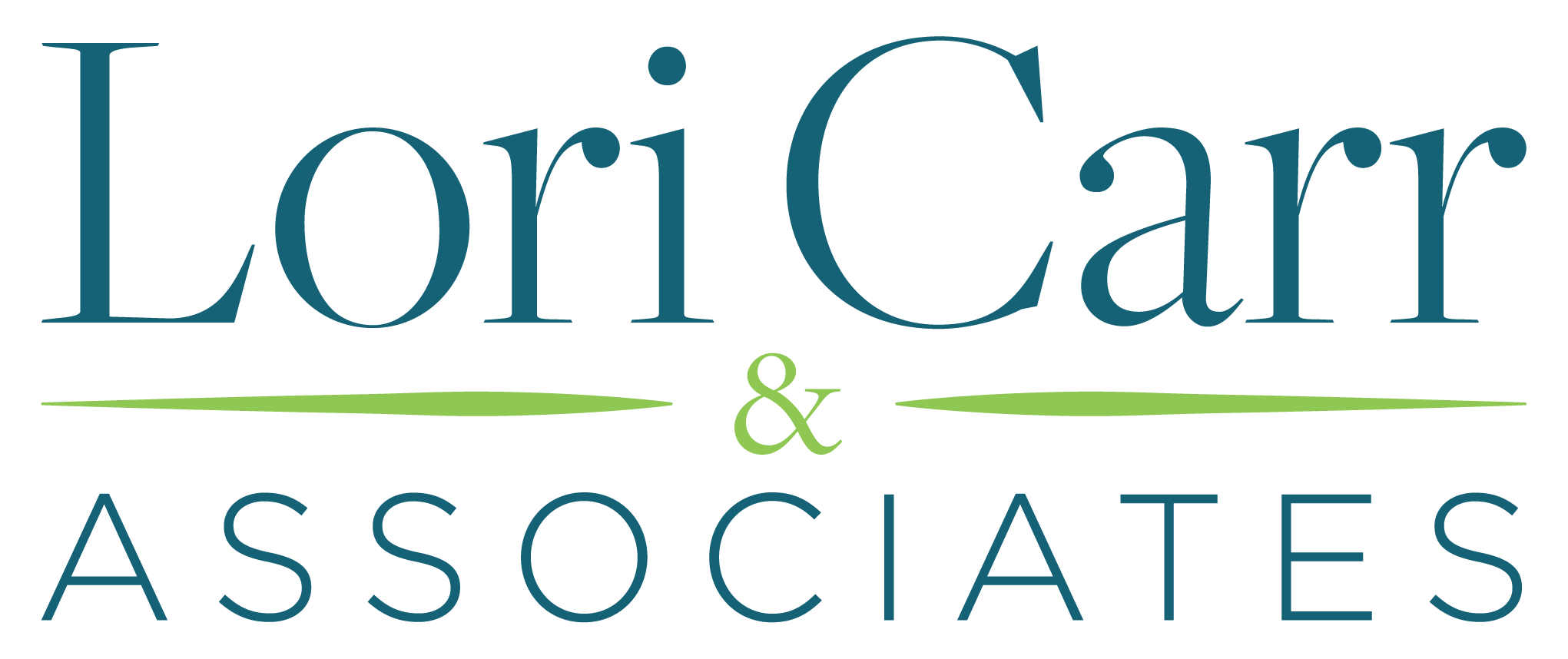Client Case Study: Saint Luke's Health System
Going Beyond the Obvious to Seek Out New Opportunities for $1 Billion Health Network

When Matt Tidwell, former director of marketing communications for St. Luke’s Health System, was charged with completely revamping the customer service center for this $1 billion, 11-hospital network, it was tough for him to know exactly where to begin.
 “We were essentially blowing up our entire customer service center and starting from scratch—new employees, new software, expanded responsibilities—so, of course, my focus was on those obvious things. But we were quickly referred to Lori Carr & Associates (LCA) and, thankfully, they helped us to make sure we didn’t miss the forest for the trees,” Matt said.
“We were essentially blowing up our entire customer service center and starting from scratch—new employees, new software, expanded responsibilities—so, of course, my focus was on those obvious things. But we were quickly referred to Lori Carr & Associates (LCA) and, thankfully, they helped us to make sure we didn’t miss the forest for the trees,” Matt said.
When Matt conferred with LCA about St. Luke’s situation, a set of key observations pointed the way forward for nearly every element of the reorganization project. As a backdrop to the service center renovation, St. Luke’s was in the middle of perhaps the most complicated maelstrom faced by any business today: healthcare reform. The challenges at hand included:
• A just-announced project to find $100 million in new revenues or cost efficiencies across the health system;
• New mandates from government healthcare regulators indicating that poor customer service scores would mean less reimbursement from Medicare;
• A need to drive more referrals, the lifeblood for higher-revenue medical specialty services that are crucial to sustaining big health systems.
Customer Service Center Transformed into a Marketing Engine
As St. Luke’s is a large health system drawing from more than a dozen metro counties, its customer service center is often the first point of contact for patients who are either referred or reaching out on their own. “But our center was really substandard,” Matt said. “At this critical first point of contact, we were using representatives who were isolated from the marketing department, had virtually no customer service training, only had high school degrees, and—unfairly to them—had inadequate resources including space, budget, and software support.”

But where Matt was initially mired in those immediate challenges, LCA helped him to see the health system’s bigger marketing opportunity. “When we looked at what St. Luke’s was facing,” Lori Carr said, “curing its obvious physical and resource challenges was clearly important; but much more important were the strategic implications of focusing on the immense opportunity to promote services, drive referrals, and improve customer service scores to ensure critical government reimbursement funding. I still remember the first call I had with Matt and his CMO. We all agreed that this renovation project would take simultaneous focus: addressing the tactical challenges on the one hand, but on the other hand, also engineering the project to achieve our broader marketing strategy and customer service objectives.”
The Important “Leader” Question and Changing Mindsets
“One of the first things Lori did was help me to define key project outcomes and to find the right talent to lead the initiative internally. She helped us to hire the right manager, a person who would set the perfect tone and had a great grasp of our ultimate goals for the contact center,” Matt said. “Working with LCA, I was able to find a highly skilled manager who not only had healthcare experience within Saint Luke’s but also had managed a contact center for a Fortune 500 company. Her ability to translate the marketing objectives and create a mindset within her team was critical to our success.”
Training Representatives to Focus on the End Game
“LCA then designed a specialized training program for new customer service representatives—one that taught them to recognize referral and upsell opportunities and how to capitalize on them,” said Matt. “From having representatives who essentially gave driving directions and answered questions about hours of operation, we progressed to having representatives capable of identifying callers who might benefit from a specialized screening program or a particular medical procedure and then making those critical referrals to drive our revenues.”
The Payoff: Leading to Results
 Compared to the rest of the country, Saint Luke’s metro market for healthcare is extremely competitive, with many major systems and hospitals competing for market share. “The hospitals here spend literally millions on consumer advertising—so every opportunity to build revenue is extremely important. We saw immediate results from the new platform and the skilled team that Lori helped us to build,” Matt said.
Compared to the rest of the country, Saint Luke’s metro market for healthcare is extremely competitive, with many major systems and hospitals competing for market share. “The hospitals here spend literally millions on consumer advertising—so every opportunity to build revenue is extremely important. We saw immediate results from the new platform and the skilled team that Lori helped us to build,” Matt said.
One of the first objectives was to coach customer service representatives to understand how patients could benefit from each service offered at St. Luke’s, so they could suggest referrals that would drive business: “Before this project, a ‘good month’ meant that 10% of calls resulted in a referral. We started working with Lori and her team at the first of the year, and by July, we had improved that outcome to 24.5% of calls.” Matt said that the contact center became a key component in the health system’s customer service program; furthermore, in consumer preference rankings measured by NRC, St. Luke’s was able to consistently hold one of the top two positions locally (amongst eight competing hospital systems).
“This was a very satisfying project for all of us,” Matt said. “We were successful, and we thank Lori and Patty for the consultative collaboration, insight, and results that contributed to our success. They were a pleasure to work with, and I recommend them highly.”
